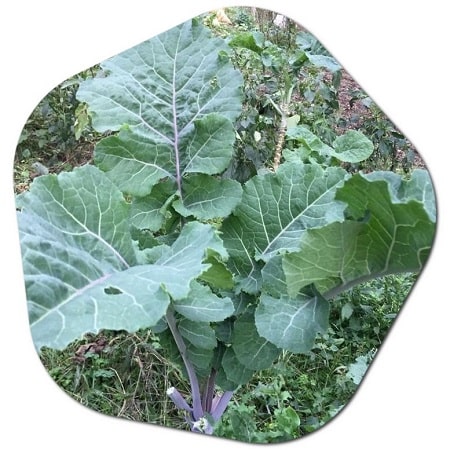A delicious and versatile vegetable, beetroot is rich in iron, magnesium, folate, manganese, copper, selenium, potassium and vitamin C. It has a high water content, moderate fiber-protein ratio and low calories. Thanks to all of these features, it improves the quality of nutrition by balancing energy intake. Can green beetroot be eaten raw, The root contains high amounts of fiber, vitamins and minerals such as vitamin C, folate, potassium and manganese, as well as nitrates and antioxidant compounds called betalains (2, 3). Beetroot can be grated raw and used in salads or cooked and used in meals.
Can you grow green beets in New York? Yes, you can grow green beets, also known as Swiss chard, in New York. Swiss chard is a cool-season leafy green that is well-suited for growing in temperate climates like that of New York. It is a member of the beet family but is grown for its flavorful and nutritious leaves rather than its roots.Here are some tips for growing Swiss chard in New York:

- Planting Time: Swiss chard is a cool-season crop, and it can be planted in early spring as soon as the soil can be worked. Additionally, you can plant another crop in late summer for a fall harvest.
- Soil Preparation: Prepare well-draining soil enriched with organic matter. Swiss chard prefers slightly acidic to neutral soil.
- Sunlight: Swiss chard grows well in partial shade to full sun. In New York, it’s generally recommended to provide them with at least 4-6 hours of sunlight per day.
- Watering: Keep the soil consistently moist. Adequate watering is essential for Swiss chard, especially during dry periods.
- Spacing: Space the plants according to the variety you are growing. Follow the recommended spacing on the seed packet or plant tag.
- Harvesting: You can start harvesting Swiss chard when the leaves are large enough to eat, usually about 6-8 weeks after planting. Harvest the outer leaves, allowing the inner leaves to continue growing for future harvests.
Swiss chard is a versatile and nutritious leafy green that can be used in various culinary dishes. It’s a great addition to home gardens, and its vibrant green leaves can add color and nutrition to your meals.
The benefits of green beets grown in New York
Beet leaves contain plenty of fiber, iron, carotenoids, antioxidants, vitamin C and potassium. These substances are key to looking and feeling younger. The abundant folate and anti-inflammatory properties found in the leaves can reduce the visibility of wrinkles.
Swiss chard, often referred to as “green beets” or simply “chard,” offers several health benefits, regardless of where it’s grown. Here are some of the advantages of incorporating Swiss chard into your diet:
- Nutrient-Rich: Swiss chard is a powerhouse of nutrients. It’s an excellent source of vitamins A, C, and K, as well as minerals like magnesium, potassium, and iron. These nutrients play crucial roles in maintaining overall health and supporting various bodily functions.
- Rich in Antioxidants: Swiss chard contains antioxidants, such as beta-carotene and flavonoids, which help combat oxidative stress in the body. Antioxidants contribute to cellular health and may have protective effects against chronic diseases.
- Heart Health: The potassium content in Swiss chard is beneficial for heart health. Potassium helps regulate blood pressure by counteracting the effects of sodium and promoting proper muscle and nerve function.
- Bone Health: With its high vitamin K content, Swiss chard contributes to bone health by aiding in proper calcium absorption and bone mineralization. Adequate vitamin K intake is essential for maintaining strong and healthy bones.
- Blood Sugar Regulation: The fiber content in Swiss chard, combined with its low glycemic index, can help regulate blood sugar levels. This is particularly beneficial for individuals with diabetes or those looking to manage their blood sugar.
- Weight Management: Swiss chard is low in calories and rich in fiber, making it a nutritious addition to a weight-conscious diet. The fiber content promotes satiety, helping you feel full for longer periods and potentially aiding in weight management.
- Vision Support: The high levels of vitamin A and lutein in Swiss chard contribute to eye health. These nutrients are essential for maintaining vision and may help protect against age-related macular degeneration.
- Versatility in Cooking: Swiss chard is a versatile leafy green that can be incorporated into a variety of dishes. You can use it in salads, sauté it as a side dish, or add it to soups and stews, providing a tasty and nutritious boost to your meals.
When grown in New York or any suitable climate, Swiss chard can thrive and offer these health benefits. As with any food, it’s essential to include a diverse range of vegetables in your diet to ensure a broad spectrum of nutrients. Growing green beets in New York >>
